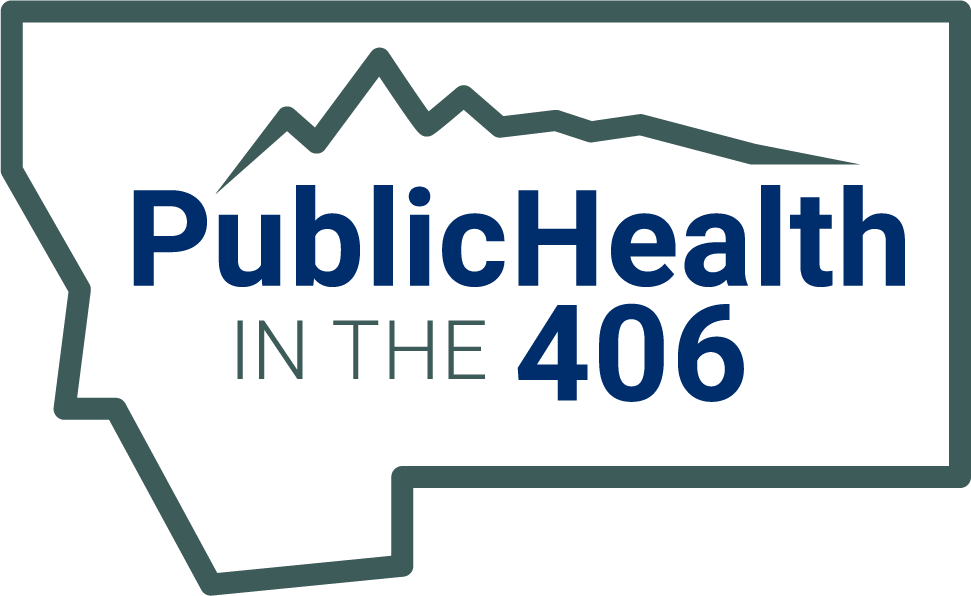Substance Abuse Prevention
Preventing alcohol, tobacco, and other drug use among youth requires a comprehensive approach that addresses a range of risk and protective factors. The responsibility for preventing youth substance abuse does not lie with one discipline or group. Consistent prevention messages must be present from early childhood through young adulthood and be reinforced by multiple messengers at home, at school, and in the community. 1
Schools have a significant role to play in addressing student substance abuse. Research shows that youth who receive universal, school-based substance abuse prevention programming are less likely to drink, smoke, and use other drugs. 2 Schools—from kindergarten through high school—are an ideal venue to deliver age-specific, developmentally appropriate, and culturally responsive prevention programming. Teachers and administrators can foster positive school climates, create and enforce substance abuse prevention policies, and communicate consistent norms that youth substance abuse is unacceptable. 3
Montana Resources
Visit the Montana Office of Public Instruction's Substance Abuse Prevention page for resources on substance abuse prevention in schools.
Montana Prevention Resource Center - Montana Department of Public Health and Human Services (DPHHS)
A comprehensive website providing information on local, state and federal prevention agencies; prevention websites, children's advocacy organizations, organizations focused on special education, professional organizations pertaining to children, organizations focused on suicide prevention, and more.
National Resources
The Medicine Abuse Project- Partnership for Drug-Free Kids
Includes FREE Educator Resources including brochures, posters, a curriculum and more.
Substance Abuse Counselor
The page is directed at substance use disorder (SUD) counseling students and professionals, focusing on their mental health and self-care. It provides professional associations and networks as resources for mental wellness, peer support, continuing education, and guidance. It also lists governmental and nonprofit programs offering self-care modules, tools, and free or low-cost therapy support.
Substance Abuse and Mental Health Services Administration (SAMHSA)
SAMHSA is a federal agency whose mission is to reduce the impact of substance abuse and mental illness on American's communities. SAMHSA administers a combination of competitive, formula and block grant programs and data collection activities. The website provides comprehensive information on prevention of substance abuse and mental illness, trauma, health reform, recovery support in relation to behavioral illness, and more.
References
1. Hazelden. (n.d.). Preventing adolescent substance abuse. Retrieved from http://www.hazelden.org/web/public/substance_abuse_prevention.page
2. Griffin, K. W., Botvin, G. J., Nichols, T. R., & Doyle, M. M. (2003). Effectiveness of a universal drug abuse prevention approach for youth at high risk for substance use initiation. Preventative Medicine, 36(1), 1–7. doi: 10.1006/ pmed.2002.1133
3. National Center for Mental Health Prevention and Youth Violence Prevention. (2004). Key strategies for violence and substance abuse prevention II: Working with the classroom and the school environment. Retrieved from http://www.promoteprevent.org/key-strategies-violence-and-substance-abuse-prevention-ii-working-classroom-and-school-environment



